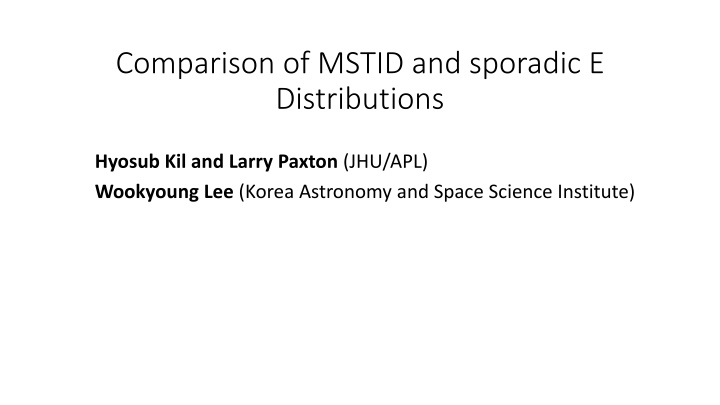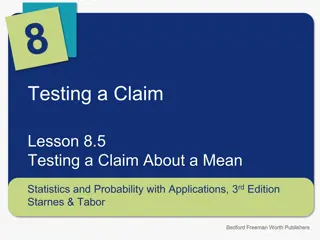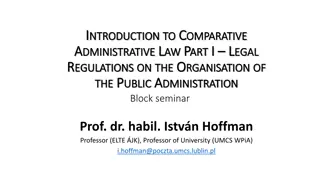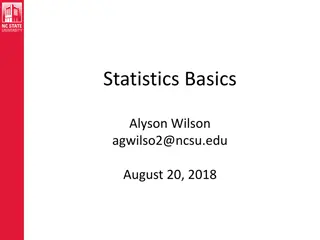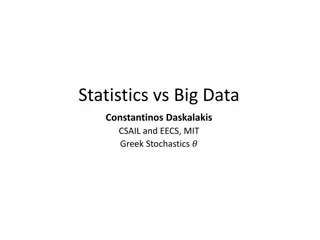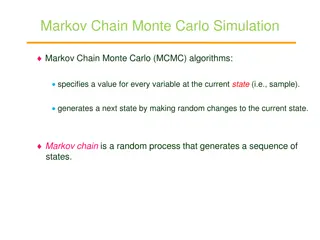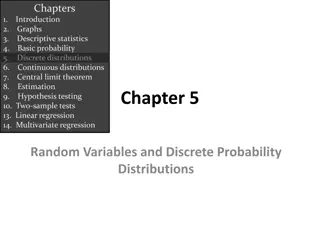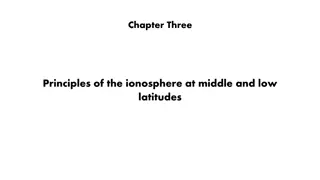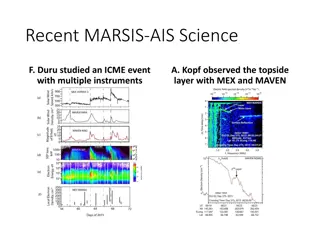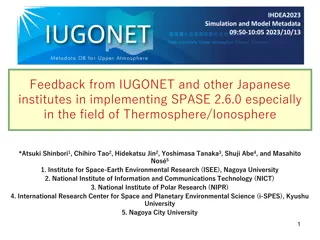Comparison of MSTID and Sporadic E Distributions in Ionosphere Study
Investigating the role of sporadic E in medium-scale traveling ionospheric disturbances by comparing its distribution with MSTID using CHAMP satellite data. Sporadic E and MSTID occurrences, detection methods, and distribution patterns in different hemispheres are explored, revealing seasonal variations and occasional inconsistency in features such as solar cycle dependence and hemispheric distributions.
Download Presentation

Please find below an Image/Link to download the presentation.
The content on the website is provided AS IS for your information and personal use only. It may not be sold, licensed, or shared on other websites without obtaining consent from the author.If you encounter any issues during the download, it is possible that the publisher has removed the file from their server.
You are allowed to download the files provided on this website for personal or commercial use, subject to the condition that they are used lawfully. All files are the property of their respective owners.
The content on the website is provided AS IS for your information and personal use only. It may not be sold, licensed, or shared on other websites without obtaining consent from the author.
E N D
Presentation Transcript
Comparison of MSTID and sporadic E Distributions Hyosub Kil and Larry Paxton (JHU/APL) Wookyoung Lee (Korea Astronomy and Space Science Institute)
Introduction MSTID Atmospheric gravity waves and sporadic E (transient high electron density at 80-130 km altitude) are understood as important elements for the development of medium scale traveling ionospheric disturbances (MSTIDs). Here we investigate the role of sporadic E by comparing the distributions of sporadic E and MSTID. Both Sporadic E and MSTID data were derived from CHAMP observations. CHAMP satellite was operated from July 2000 to September 2010 at an altitude of 400 km with an orbital inclination of 87.25 .
Sporadic E detection from GPS radio occultation (RO) data SNR profiles of GPS L1 signal Extract perturbations normalization and smoothing using high band pass filter (Savitzky- Golay filter) Threshold: residuals > 0.2 through Altitude (km) Sporadic E Normalized SNR Residuals
Data distribution Sporadic E distribution
Sporadic E distribution Northern Hemisphere Southern Hemisphere Used data at 25 50 magnetic latitude Sporadic E occurs preferentially during summer months No pronounced solar cycle dependence Local time dependence is not obvious Local Time (h) Month
MSTID detection from CHAMP LP data 1. Background density: Savitzky-Golay filter 2. N = log (N) log (SG filter) 3. N/N = N/ log (N)
Nighttime MSTID distribution Solar min. Solar max. 2001 2003 2004 2006 2007 2009 Used data at 25 50 magnetic latitude at 21-03 LT Semi-annual variation Clear solar cycle dependence Hemispheric asymmetry, especially during solar max.
Sporadic E Nighttime MSTID 2001 2003 2004 2006 2007 2009 Consistent features: Seasonal variation, longitudinal variation Inconsistent features: Solar cycle dependence, hemispheric distributions, longitudinal variation
Conclusions and Future work Conclusions and Future work The MSTID activity can be partially explained in terms of sporadic E based on the sporadic E and MSTID distributions. We will further investigate the sporadic E distribution by using other observation data (COSMIC). The effect of sporadic E and thermospheric conditions on the development of MSTID and conjugacy will be investigated by conducting SAMI3 model simulations.
